Eurasia (the post-Soviet space) is not merely a geographical phenomenon; it is also an “ideational framework” that has shaped the region’s geopolitical dynamics in recent years. Because of its size, resources, and strategic location, Eurasia has long been an important region in global geopolitics.
In recent years, the geopolitical volatility which affects this region in the form of the Russia-Ukraine war, Nato’s move in this part of the world or Russia’s assertive stance are some instances that are shaping both global and regional dynamics. Because of India’s strategic location as well as growing strategic prowess in recent years, it is playing an important role in shaping the geopolitics of the Eurasian region.
One of the most perplexing issues which confronts the “ideational” framework of geopolitics is its interpretation in a “time and space” framework, as scholarly studies suggest. The “time-and-space” framework has often played a critical role in shaping the relevance and irrelevance of a geopolitical idiom.This is more so in the context of Eurasia, which has a different interpretation in different historical milieus. This affects the geocultural, geopolitical, and geoeconomic development of a vast landmass. It has been observed that over the years, the term has been the most misunderstood in global geopolitics, not only among policymakers but also among academics.
The present article is an attempt to provide a conceptual as well as contextual explanation of the term, which has been highly relevant today. The issue is gaining greater currency in recent years as the war between Russia and Ukraine has been continuing since February 2022 without any hope of any rapprochement in the near future. Similarly, the accentuation of conflicts in and around the Mediterranean Sea, as well as the Black Sea, will create much geopolitical flutter. This aspect also requires much attention, largely in the context of Russia’s attempts to “reimagine” the former Soviet space as its exclusive “sphere of influence”.
At the same time, Kazakhstan and Ukraine, part of the former Soviet Union, are also striving to assert their Eurasian identity in the post-Soviet geopolitical space.Russia tries to look at the epistemological debate on Eurasia more or less from a Slavic geocultural perspective, along with its Asian geographical roots, which can be traced back to the 15th-century geocultural project, which gives a new twist to the concept of Eurasia. This can be studied in terms of Russia’s expansionism into Asian space. At the same time, Ukraine is giving its own notion of Eurasia, where it emphasises that it represents the pure Slavic culture with a Eurasian tilt.
Impact Shorts
More ShortsOn the other hand, the Kazakh perspective gives a new twist to the geopolitical contours of Eurasia from a Central Asia perspective, rooted in Chengiz Khan’s expansion towards Russia in the 13th century, which led to the emergence of a region known as Eurasia.
Another interpretation of Eurasia comes from the Baltic region, which considers itself part of the so-called “Old World”. The same was aptly reflected in the works of Anglo-Saxon geopolitical thinker Halford J Mackinder in both of his works, namely “Geographical Pivot of History” published in 1904 in The Geographical Journal and also his classic work Democratic Ideals and Reality: A Study in the Politics of Reconstruction in 1919.
From the above analysis, the following postulates need to be underlined here. These are:
Geographical location, strategic resources and geo-cultural idioms are shaping the discourse of Eurasia throughout history.
Changing geopolitical reconfiguration, as well as new geoeconomic realignment, have given a new context to understand Eurasian geopolitics.
In a narrower geopolitical milieu, the epistemological framework of Eurasia can be re-interpreted in the context of strategic developments in this part of the world.
Epistemological Underpinnings of Eurasia
Going by the epistemological roots of Eurasia, one needs to underline here that the term rooted its origin in a “geo-anthropological” conception of Europe and Asia, where geography and population interact over the millennia. The “exploration”, “conquest”, and “colonisation”, along with the above-mentioned conception, gave a somewhat complex definition of Eurasia. The complexity is rooted in its array of definitions that have evolved over the years.
In this context, the roots of Eurasia from a Russian perspective can be traced back to Ivan III in the 15th Century, who brought various principalities under the tutelage of Russia, thus reshaping Russia’s Eurasian geo-cultural identity. As has been observed in various scholarly writings, Russia’s incorporation of some of the faraway regions like Siberia, Caucasus, etc, gave a new identity to its Eurasian destiny.
One may add here that the subsequent Russian rulers, like Catherine II, as well as Peter the Great, consolidated Russia’s Eurasian ambit. The modernisation of the Russian economy, growing interaction with Europe, especially during the Catherine II regime, also helped Russia to consolidate its European vector, thus giving a distinctive European identity to Russia. Russia’s victory over Sweden in 1812 also gave it decisive control over two major Seas, the Baltic and the Black Sea, thus consolidating its hold over Europe.
Subsequent geopolitical developments–such as Russia’s efforts to counter British influence in the Caspian and Central Asian regions, its drive to harness natural resources, and the construction of the Trans-Caspian Railway up to Herat in present-day Afghanistan–gave Russia a distinctive Asiatic identity. Another important aspect that needs to be mentioned here is that Russia has had a deep desire to control the Arabian Sea since the 15th century, which propelled it to move towards India (also considered part of the “inner crescent”) by Mackinder in his work published in the Geographical Journal in 1904.
It is in this background that the Eurasian School of thought emerged in Russia, in the 19th and beginning of the 20th century, which provided a geopolitical as well as geocultural definition to the concept of Eurasia. This School of thought, consisting of G Vernadsky and P Savitskii, etc, gave a new definitional approach to Eurasia. It proposed a distinctive civilizational identity for Russia, which is different from that of the West.
As discussed above, like Russia, Kazakhstan also claims to be the centre of Eurasia. Along with the Mongol historical traditions, the common border between Kazakhstan and Russia of more than 7,000 kilometres of open borders is a factor propelling Kazakhstan to claim its position as the centre of Eurasia. This, in fact, negates the Russian claim.
One of the major geohistorical traditions which propels Kazakhstan to reclaim its Eurasian position was the work of Kazakh Eurasianists like Lev Gumilev and Chokan Valikhanov. Along with highlighting a syncretic geocultural link between Kazakh and Russian identity, both the Kazakh ethnographers favoured the “assimilation” process in a much broader lens, thus giving a new meaning to the concept of Eurasia from an ethnographic framework.
It has also been observed that Turkic and Persian identity took an upper hand in the identity discourse of Central Asia (also known as Turkestan), but with the growing influence of Russian culture, especially after the annexation by the Tsarist empire, a sort of fusion identity emerged in this part of Central Asia.
As has been observed, the Russian orientalists took steps to bring Turkestan under their sphere of influence not only through administrative mechanisms but also through the formation of Industrial Society (largely aimed at the Russian modernisation values), which acted as a catalytic agent for the diffusion of Russian economic, industrial, as well as cultural ideas on the Central Asian population.
This Russian move to a great extent succeeded in bridging Russia with Central Asia, thus contributing to the emergence of a fusion identity known as Eurasia. The emerging middle class of Central Asia, a product of Tsarist Russia’s modernisation process, has also contributed substantially to the diffusion of ideas of Eurasia among the masses.
The idea of Eurasia got a new impetus in the aftermath of the formation of the Soviet Union. The then Soviet Union encompassed a vast territorial swath of land, encompassing both Asia and Europe. Even during the Soviet period also despite the Soviet leaning towards Marxist-Leninist ideology, one can observe the Eurasianist undercurrents with a Slavic tilt.
For instance, Soviet scholars used to locate Kazakhstan as a separate entity in the broader framework of Central Asia and used to call it Central Asia and Kazakhstan. Aleksandr Solzhenitsyn, considered the spiritual pundit on Eurasian matters during the Soviet and post-Soviet periods, denied Kazakhstan’s separate national identity.
At the same time, the Soviet Geographers used to call the space as “Middle Asia”. In this context, one can also notice a new cultural trend witnessed towards the late 1980s in the Soviet Union regarding the emergence of popular fronts which aimed to protect local culture.
For instance, the Kyrgyz scholar Chingiz Aitamtov coined a phrase called “Mankurt”, which means losing native identity and culture to the pan-Soviet identity. Thus, what can be inferred from the above analysis is that the Soviet identity camouflaged the Eurasian identity. This, in fact, gave a new interpretation to the notion of Eurasia.
The Relevance of Eurasianism and Post-Soviet Space
The rapid transformation which shook the global geopolitics in the post-1991 phase has also shaken the very idea of Eurasianism, though former Soviet republics (Minus Georgia and the three Baltic republics, namely Lithuania, Latvia and Estonia) agreed to create the Commonwealth of Independent States and to institutionalise it. But this move has had a limited impact. To add a point here, Russia in the initial years of the 1990s looked towards the West, thus completely abandoning its Eurasianist path. However, Yevgeny Primakov, former Foreign Minister as well as Prime Minister of Russia in the mid-1990s, through his Near-Abroad policy, tried to give a new interpretation to Russian foreign policy.
At the same time, the Central Asian and Caucasian countries in the 1990s also tried to move away from Russia’s orbit by focusing more on multi-vector foreign policy, like orienting towards Iran, Turkey, Turkic, and Arab-Islamic identity. This gave a big jolt to the original Eurasian identity, which this space is known for.
The main reasons why the Eurasian idioms in the post-Soviet Eurasian space took a backseat in the 1990s are:1) a weakening Russia; 2) lack of further institutionalisation of the CIS mechanism; 3) opportunity for these post-Soviet countries to further their geopolitical engagement, which they called multi-vector foreign policy. At the same time, the Baltic countries during this period gave a new twist to their foreign policy by consolidating their ties with the European countries.
A subtle shift towards Eurasianism by the post-Soviet countries took place when Russian President Vladimir Putin assumed office in 2000. Just after assuming the office, he tried to give a new twist to Russia’s Eurasian policy, at the same time Putin espoused the need to have a European identity. The 9/11 incident further changed the geopolitical equation in the post- Soviet Eurasian space.
In this context, Security threats from Afghanistan helped motivate the formation of the Collective Security Treaty Organisation (CSTO) in 2002 under Russian leadership, strengthening Russia’s position in Eurasia. This move also, to a great extent, beefed up its position in Eurasia. The idea of Eurasia got further reinforced when President Putin in 2005 stated that the disintegration of the Soviet Union “was the greatest geopolitical catastrophe of the century”. This propelled many scholars to believe that President Putin is reminiscing about the former Soviet Union, and his policy is moving in the direction of recreating the former Soviet space under Russia. The statement of President Putin could be understood in the context of the regime change that occurred in the three post-Soviet countries, namely Ukraine, Georgia, and Kyrgyzstan, in 2004-05 and the threat it posed to Russia’s interests.
The regime changes in these three countries through the orchestrated Colour Revolution by the West gave a serious test to Russia’s Eurasian policy. Despite facing multiple challenges in this regard, Russia struck back when it annexed Crimea from Ukraine in 2014. It also launched an ambitious project of regional integration at the economic front known as the Eurasian Economic Union in 2014, where Kazakhstan, Armenia, Belarus, and Kyrgyzstan are members.
In this context. Though Ukraine was originally part of the economic grouping, it left after the Crimean fiasco in 2014. Russia’s move to unify the post-Soviet space was more intense after the Crimean fiasco, as evident from a speech of Putin in 2014, where he stated, “Kazakhs never had any statehood, he [Nursultan Nazarbayev] has created it”.
This created a geopolitical furore regarding his intention to take back parts of Kazakhstan after Nazarbaev. In fact, when Nazarbaev demitted office in 2019, a massive riot erupted in 2022, which propelled the CSTO to intervene and bring the situation under control.
Along with Russia, Kazakhstan has also pursued a cohesive Eurasian policy in the post-1991 phase. One may recall here that when the idea was becoming obsolete it was former Kazakh President Nazarbaev in a speech at Moscow where he reminisced about the former Soviet space in a speech at Moscow State University in 1994 titled “How do I see the future of that space that used to be one country?” and emphasised:
“In the conditions of sovereignty, recognising equal rights of all, respecting the sovereignty and independence of each state, we could create a completely new unity. I would call it the Eurasian Union.”
From the above speech of Nazarbaev, it can be underlined here that what he emphasised is to recreate the post-Soviet space in the form of Eurasia, where the FSU countries will ensure a “gradual reintegration” of the post-Soviet space. One contrasting difference between Putin’s and Nazarbaev’s approach regarding Eurasia is that while the Russian President favoured a dominant role for Russia in the Eurasian space, on the other hand, Nazarbaev favoured an inclusive Eurasian space where economic development is the core. One may recall here that the Customs Union, which was formed in 2010, and the present EEU can be traced back to this idea of Nazarbaev.
Though the Slavic idea took the upper hand in the theological discourse of Ukraine and Belarus in the form of “Little Rus” and “White Rus”, it needs to be underlined here that there is a web of Eurasian ideas operating in these countries. Unlike Ukraine, both Russia and Belarus are operating in the framework of the “Union State,” which is a form of Eurasianism in the post-Soviet space. Even the recent Russia-Ukraine conflict is the manifestation of strategic rivalry between these two Slavic civilizational partners over ideational issues. It should be noted that Russian policymakers consistently raise apprehensions about Western moves to prop up Ukraine as a counter to Russia.
The Nato’s move to encircle Russia in the Eurasian space by propping up Ukraine is also accentuating the geopolitical rivalry. Though in the initial years, Russia, along with post-Soviet countries, joined Nato’s Partnership for Peace, and a joint mechanism came up known as Nato-Russia Council in 2002 to address issues of joint concerns, the relations remained in limbo. What also enraged Russia was the move on the part of the Baltic countries to join Nato and the subsequent deployment of its troops. The more recent admission of Sweden and Finland has also further raised apprehension on the part of Russia. This move on the part of the Baltic countries and Finland actually pushed Russia to wage a war with Ukraine. The Russian policymakers thought that Nato was pushing it into a corner in the Eurasian geopolitics.
One of the strategic consequences of the Russia-Ukraine war is that, at present, Moscow is seeking greater cooperation with the countries of the former Soviet space to augment its capability. For instance, during the Second World War, Russia, in the form of the Soviet Union, was recruiting its soldiers from Central Asia and the Caucasus. It is pursuing the same policy now by recruiting soldiers from these countries. Similarly, to ward off financial sanctions, Russian banks are increasingly relying on the Central Asian banking system. Even Russia envisaged a new energy pipeline connecting Russia, Kazakhstan and Uzbekistan. So also in the Caspian region, Moscow is strengthening its presence by forging greater ties with Azerbaijan, at the same time trying to beef up its presence in the Caspian region by resolving the legal tangle of the Caspian Sea. Though there is apprehension from Armenia about Russia’s strategic intent, it is still a part of the Russia-led CSTO and EEU.
This suggests that Russia is employing both carrot and stick policies to bring post-Soviet countries under its ambit. For instance, Moscow tried to mend fences even with Moldova way back in 2018 by offering it membership in the EEU. In fact, it got an observer status.
Some of the above-mentioned strategic developments occurring in the post-Soviet space provide an opportunity to re-examine the ideational framework of Eurasia in the post-Soviet space. The re-contextualisation of the Eurasian ideology in the present context is necessary to understand the present-day geopolitical undercurrents of this region.
Re-Contextualising the Ideological Polemics of Eurasia
What are the structural imperatives that need to be taken into account while interpreting the idioms of Eurasia in the present geopolitical developments? These are: a) a structural shift is taking place in the geopolitics of Eurasia, largely due to the onset of the Russia-Ukraine war as well as conflict in and around Black and Mediterranean Seas; b) the desire on the part of the Nato member countries led by the United States to have a greater role in this part of the world; c) heightening of energy as a catalytic factor in global energy supply chain after a brief lull in the post-pandemic scenario.
All these factors are shaping the geopolitical idioms in the present geopolitical context of Eurasia. In this context, it is also pertinent to understand and analyse these geopolitical thinking emanating both from Eurasia as well as beyond the region.
In this regard, the moot point that comes to mind is to examine the philosophical understanding of Alexander Dugin in analysing the Eurasian space. Dugin needs special consideration because he is considered to be the core behind the neo-Eurasian ideas. One may add here that Dugin’s philosophy can be summed up as the geopolitical base for Russian foreign policy, which he has outlined in two of his important books, namely, The Foundations of Geopolitics and Fourth Political Theory.
Eulogising Russia as a core of Eurasian civilisational matrix, Dugin talks about a melting pot ideological fusion of “real brotherhood of the Eurasian peoples: Slavic, Finnish, Turkish, Mongolian and others” in his book Foundations of Geopolitics. Dugin, in this book, repudiates the notion of ‘Westernism’, which he thinks will lead nowhere for Russia. This is in fact the core philosophy of Eurasianism as enunciated by Dugin. In this regard, he states that a true multipolar world will happen with the idea of Eurasianism in the above-mentioned book. As he states:
“The multipolarity of the world, where every nation and every geopolitical bloc could choose its own system of values, has a chance to be realized only after liberation from the global Atlantic domination through a new planetary confrontation.”
Repudiating the Civilisational conflict theory of Samuel Huntington, he offered an alternative by highlighting the co-existence of poles like India, China, Latin America, Africa, along with Russia, in moving towards a multipolar world order. In his subsequent writings and speeches, Dugin is of the opinion that Russia, Ukraine, Belarus, Kazakhstan and together with another hostile neighbour of Russia, ie, Georgia, constitute the core of the Eurasian ideological as well as geopolitical framework.
In fact, Russia’s Near Abroad foreign policy resembles that of Dugin’s idea of Eurasianism. Along with Dugin, Russian scholar A S Panarin outlined a similar policy posture. In his masterpiece work Revansh Istorii (Revenge of History), which he published in 1998, when Russia was in the midst of transition and shock therapy. Panarin, in this book, argues that Russia occupies a key position in global geopolitics because of its spiritual values. Being a critic of Western materialistic culture, he further emphasised that this tilting makes Western civilisation an atomistic one. Panarin further contends that Russia, because of its unique spiritual and civilizational heritage, can play a major role in stabilising the geopolitics of Eurasia.
The idea of Eurasia, as propounded by Dugin and Panarin, has also been further highlighted by the Russian Foreign Minister Sergei Lavrov, who, in a speech in May 2025, pitched for the formation of a “Eurasian Security architecture” as a counterweight to the Euro-Atlantic Security structure led by the US. In his speech, he also elucidated the notion of Eurasia by calling Russia “a civilisational state that stretches from the Baltic Sea and the Black Sea to the Pacific Ocean”. Lavrov further underlines Moscow’s central role in the “Eurasian security architecture”.
The idea of Eurasianism has also been succinctly highlighted by Kazakh scholars. For instance, a recent writing of Kazakh scholar Nurlan Muminov. Muminov, in an interesting article titled “Comparative Analysis of Russia, Turkish and Kazakh Eurasianism” (published in Eurasian Research Journal,2023), highlights the uniqueness of Kazakhstan’s Eurasian identity. In this regard, following Kazakh Eurasianists he rejects both “westernization” and “Russification” of Kazakh identity. Muminov has also emphasised the closer link of Kazakhstan with the “Central Asia and Caucasus” identity.
Like Kazakhstan, Uzbekistan is also highlighting its strategic location in Central Asia, and South Asia. It is also reaffirming its significance in the Eurasian security structure. Uzbek policy makers underline the “geopolitical pluralism” in the Central Asian space. As Farkhod Tolipov, an Uzbek geopolitical analyst, argues that because of the existence of geopolitical faultlines and strategic realignment in Central Asia, Uzbekistan is going to play a Central role in Eurasian geopolitics.
Over the years, the US geopolitical analyst Zbigniew Brzezinski, in his book The Grand Chessboard, expanded the territorial limit of Eurasia from “Lisbon to Vladivostok”. In this context, he underlines further that:
“If Moscow regains control over Ukraine, with its 52 million people and major resources as well as its access to the Black Sea, Russia automatically again regains the wherewithal to become a powerful imperial state, spanning Europe and Asia.”
What Brzezinski emphasised way back in 1997 was to prevent Russia from becoming a major Eurasian player by checkmating its dominance on the Black Sea coast. The present war between Russia and Ukraine and the support being provided by the West to Kyiv can be seen in the context of the writings of Brzezinski.
By looking at the epistemological roots of Eurasia and its contemporary relevance in the geopolitics of Eurasia, it can be underlined that Russia is going to play an important role in Eurasia. Though in recent years, Kazakhstan and Uzbekistan, as well as the South Caucasian countries, have been competing with Russia in inheriting the Eurasian identity.
For instance, Armenia, which has a historical relationship with Russia under the ambit of the Eurasian identity, is inching closer towards Europe in recent years, thus giving a new twist to the ideas of Eurasia. By taking advantage of Armenia’s vulnerability, both the EU and the US will enter this geopolitical space in a big way. This can pose some challenges to Russia’s position in Eurasia.
Though Russia is engaging with Azerbaijan for its short-term economic gain, Baku may shift its loyalty to the West to further its geopolitical interests. The same is the case of Georgia, considered as a blue-eyed boy of the Western countries, but now it is cementing its relationship with Russia. This is creating a new kind of jitteriness in Eurasian geopolitics.
The recently concluded Trump-Putin Summit at Alaska (considered to be part of Russia’s Eurasia until it was sold to the US by the Tsarist ruler in 1868) on August 15, over resolving the long-standing Ukrainian fiasco, could not progress much. This is despite the fact that so much hype was attached to it. As stated by Dmitry Peshkov, the official spokesperson of the Kremlin:
“We continue our special military operation in order to safeguard our interests and to achieve the goals that the Supreme Commander-in-Chief and our country’s President Putin outlined at the very beginning. And we are doing so both for our country’s present and future, for many generations to come.”
The statement of Peshkov can be studied in the context of his earlier statement after the Alaska Summit, where he underlined that it is Europe which is “fueling” the crisis by propping up Ukraine. This, in fact, poses a substantial challenge to the Eurasian security architecture under Russian dominance.
The complex geopolitics of Eurasia is providing both opportunities and challenges to India to reshape its foreign policy. In this context, India’s relationship with this space, rooted in history, is providing an opportunity to navigate the geopolitics. The same can be reflected in India’s multifaceted ties with this space, ranging from technological cooperation to fostering trade relations, along with boosting security cooperation. India’s strategic engagement with Central Asia and Russia, as well as the Baltic and Greater Caspian countries, which include the South Caucasus, over the years, demonstrates this linkage.
To sum up, it can be added here that Eurasia, as a geopolitical concept, is fueling a new kind of geopolitical alliances and rivalry in the post-Soviet space as well as in global geopolitics. In this context, there is a need to re-examine the epistemological framework of the normative notion of Eurasia.
The author teaches at the School of International Studies, JNU, New Delhi. Views expressed in the above piece are personal and solely those of the author. They do not necessarily reflect Firstpost’s views.


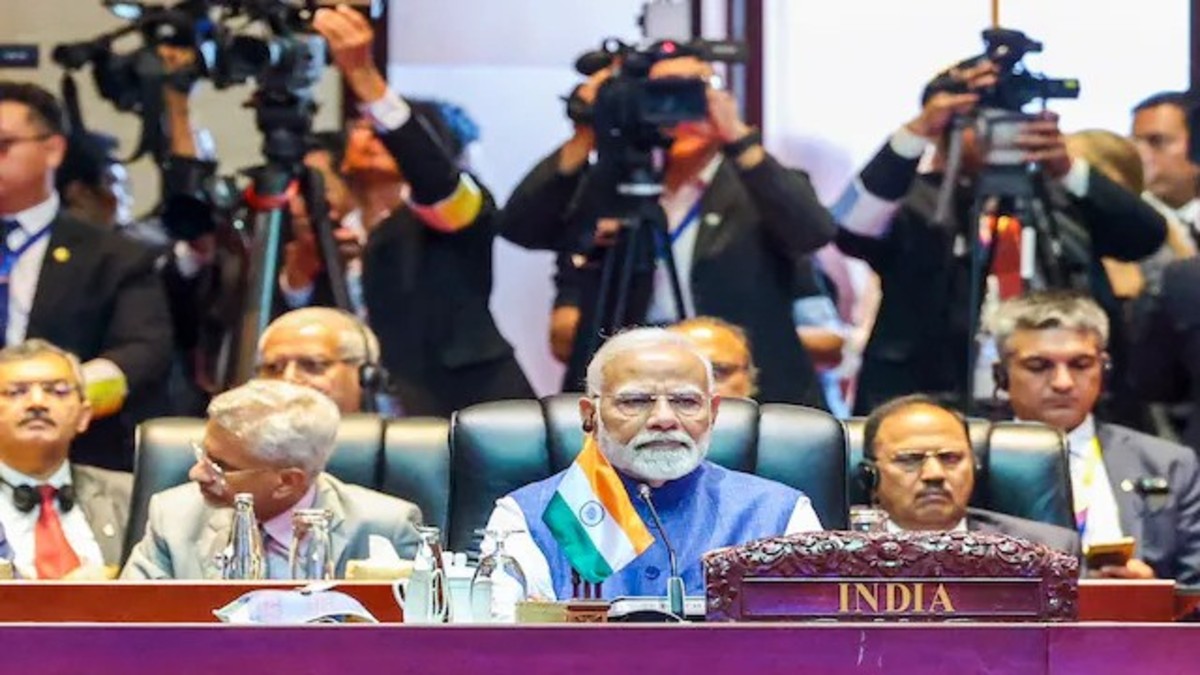)

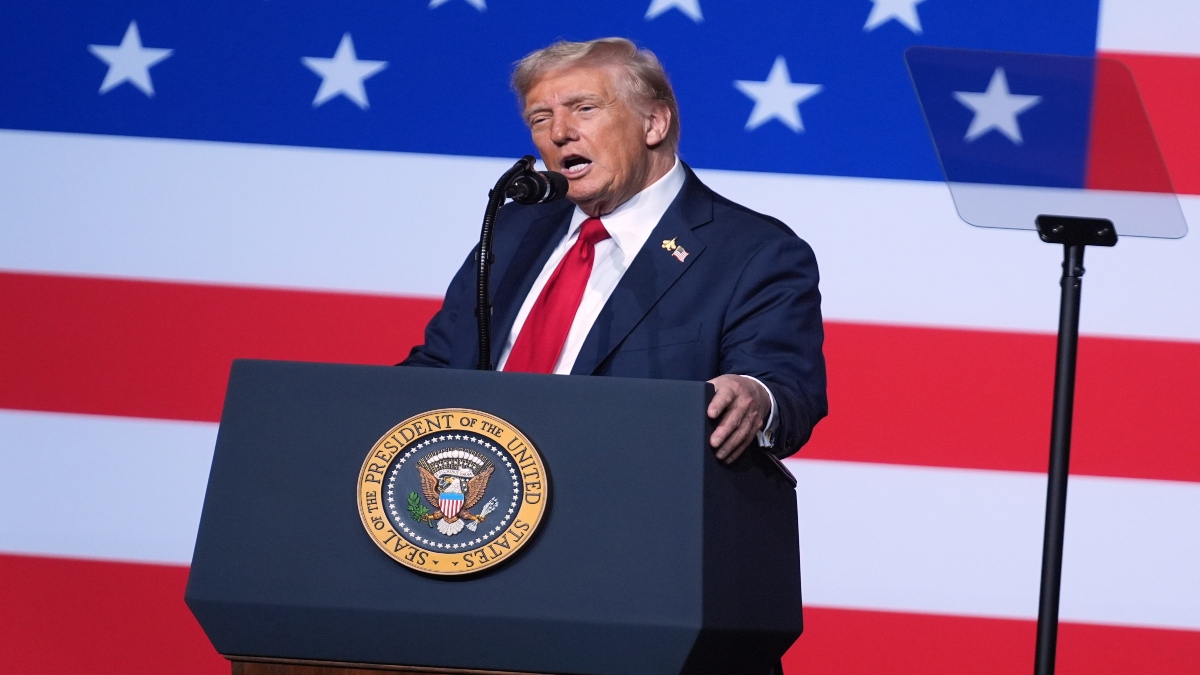)
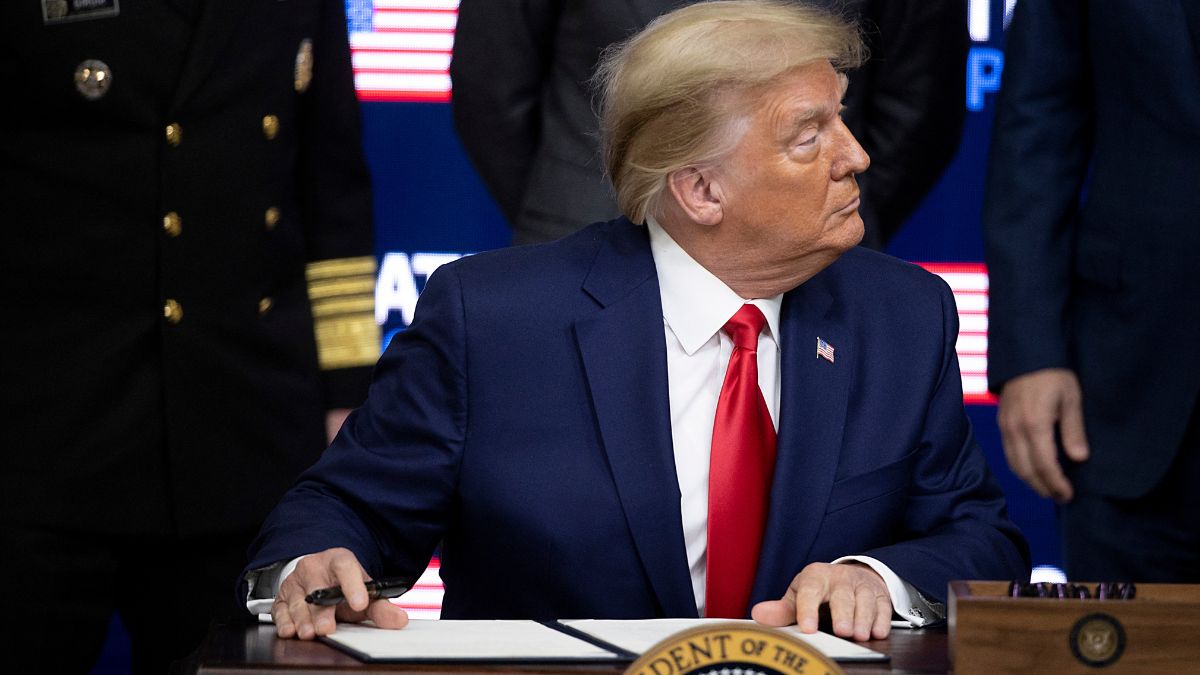)
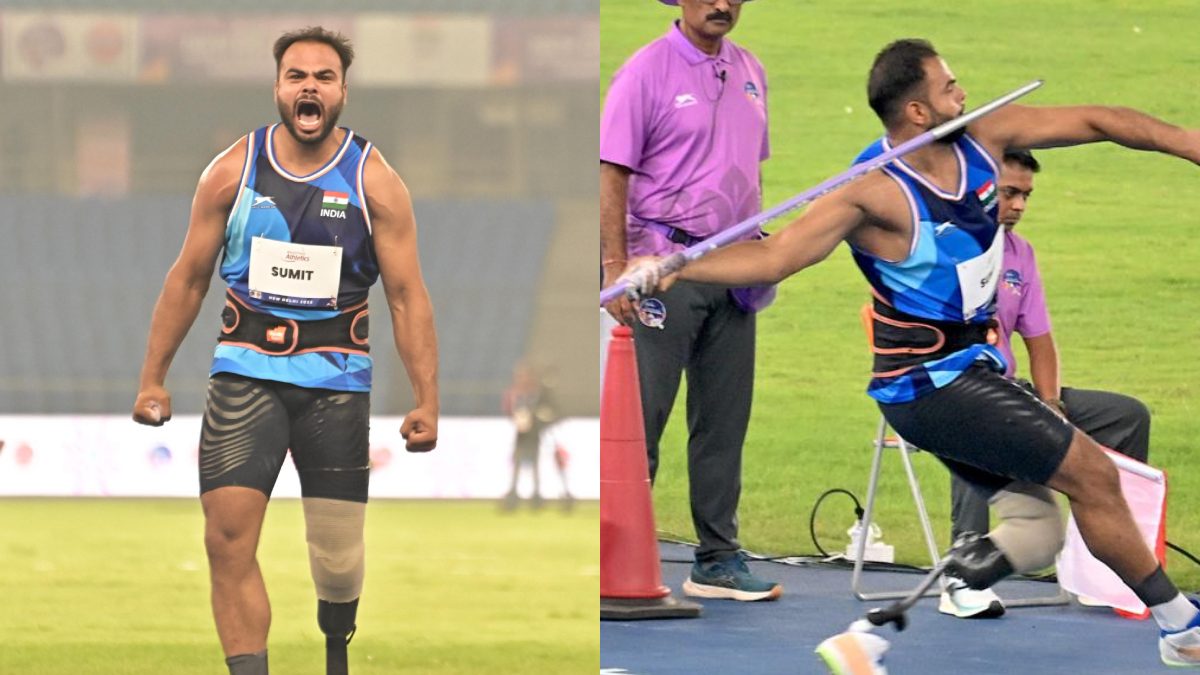)
)
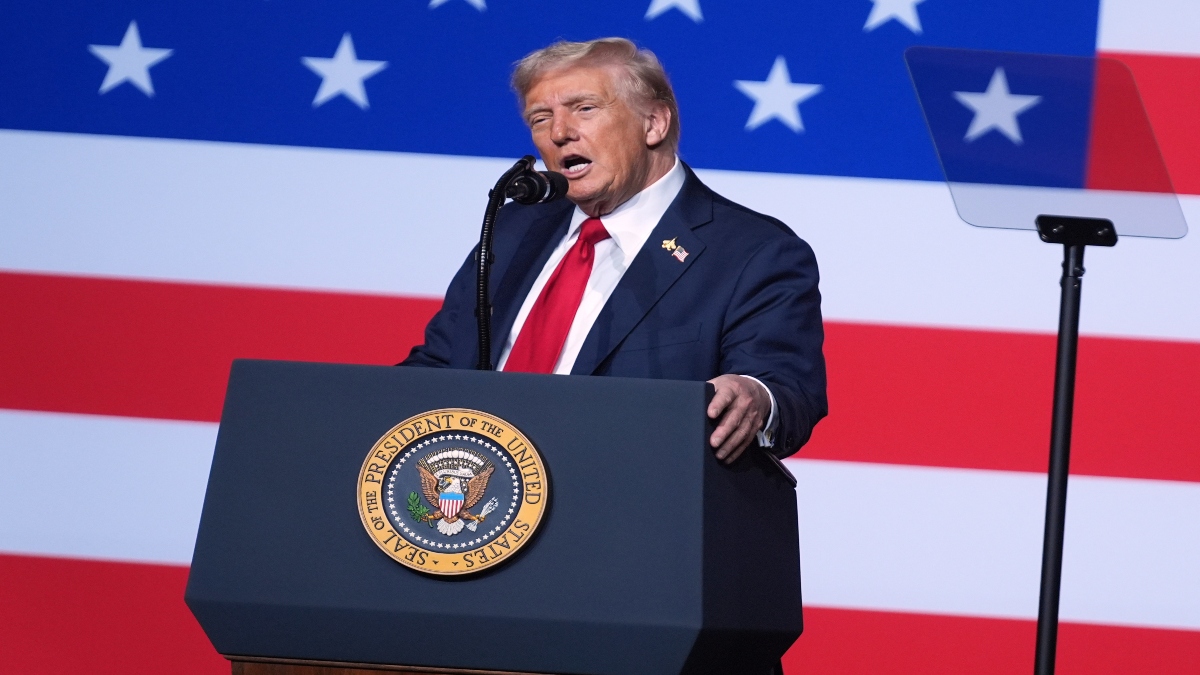)
)
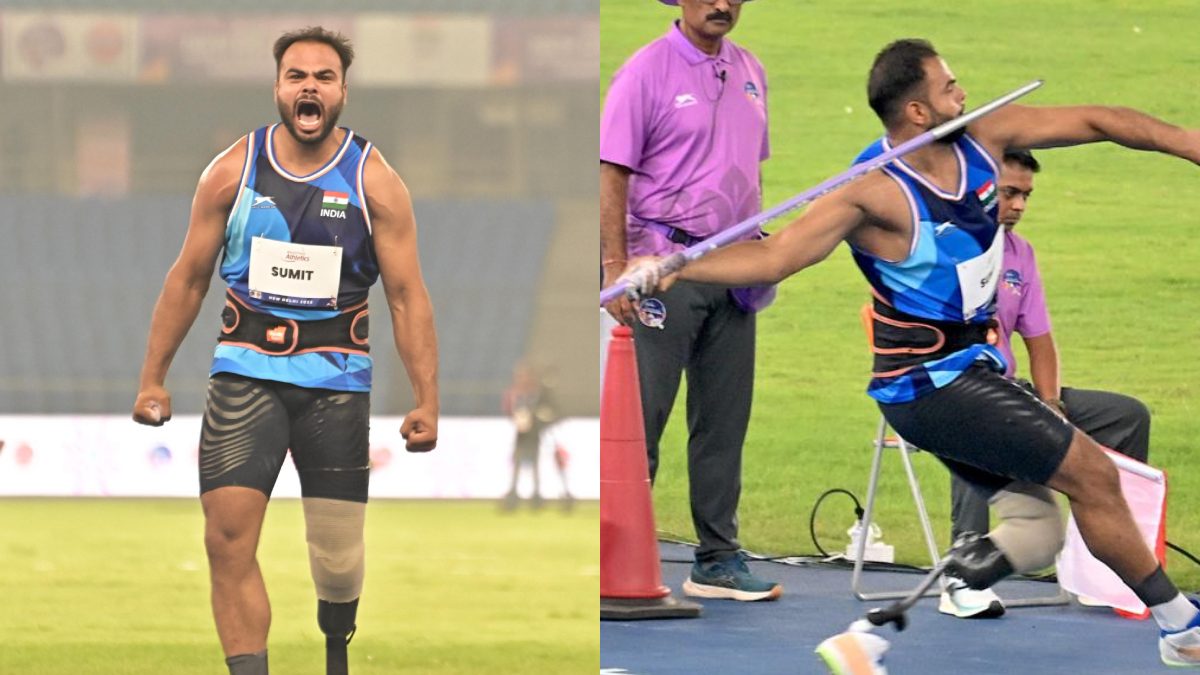)
)



